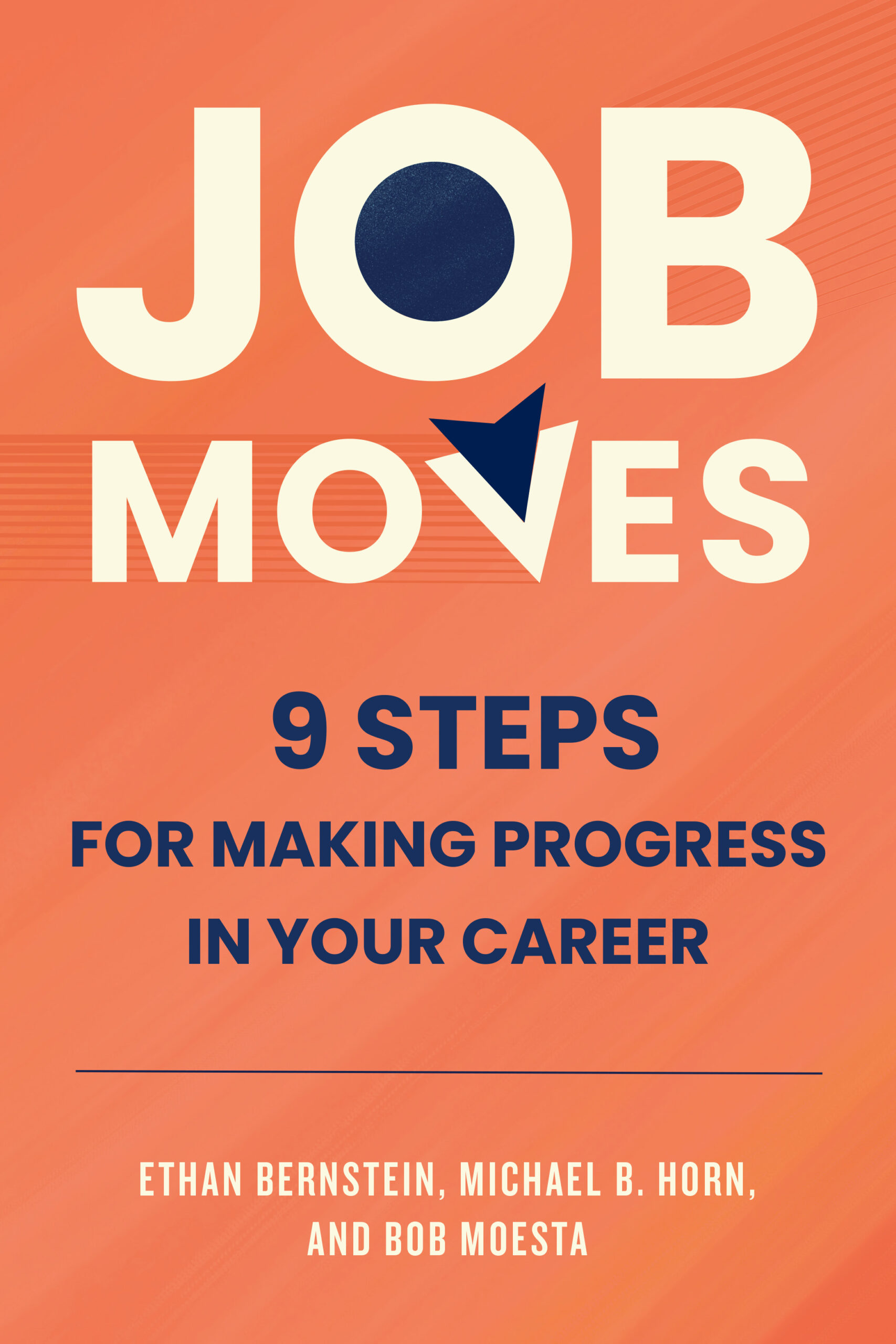
How to Build a Global Citizen
Minerva University offers an unconventional blueprint
One of the most obvious differences between Minerva and its elite peers is the environment in which students learn. Large, theater-style lecture halls do not exist. In fact, the school has minimal infrastructure which keeps the tuition about half that of many colleges. Classes of no more than 20 students are live and online and involve pre-class work and full participation. The goal is to create intimate learning environments that are dialogue based where students build relationships with peers and professors, even as they are mostly remote. After spending their first year in San Francisco taking the same general education curriculum, students move in cohorts to an additional 6 cities each semester: Berlin, Buenos Aires, Seoul, Taipei, and London.
“From the beginning, we decided we were not going to build beautiful campuses. We were going to intentionally teach young people to treat economically and culturally vibrant cities as their campuses – to use their libraries, museums and labs and to immerse themselves in their cultures.”
Another feature that sets Minerva apart is the kind of people it attracts. Michael Horn is a trustee at Minerva and has been involved with the school since the beginning. “I see Minerva as a disruptive entrant into the elite higher education segment,” said Horn, who has authored several books including one with Clayton Christenson, considered the father of disruptive innovation theory. “It puts the learner and their needs first and prepares them for a complex world in a way that’s much more front and center than other higher ed institutions who are often asking themselves ‘Are we a research-first institution? Why do we exist?’ At Minerva, we are very clear. We are a learning institution.”
Image Source: https://learningwellmag.org/article/how-to-build-a-global-citizen
Image Credit: Minerva University

0 comments